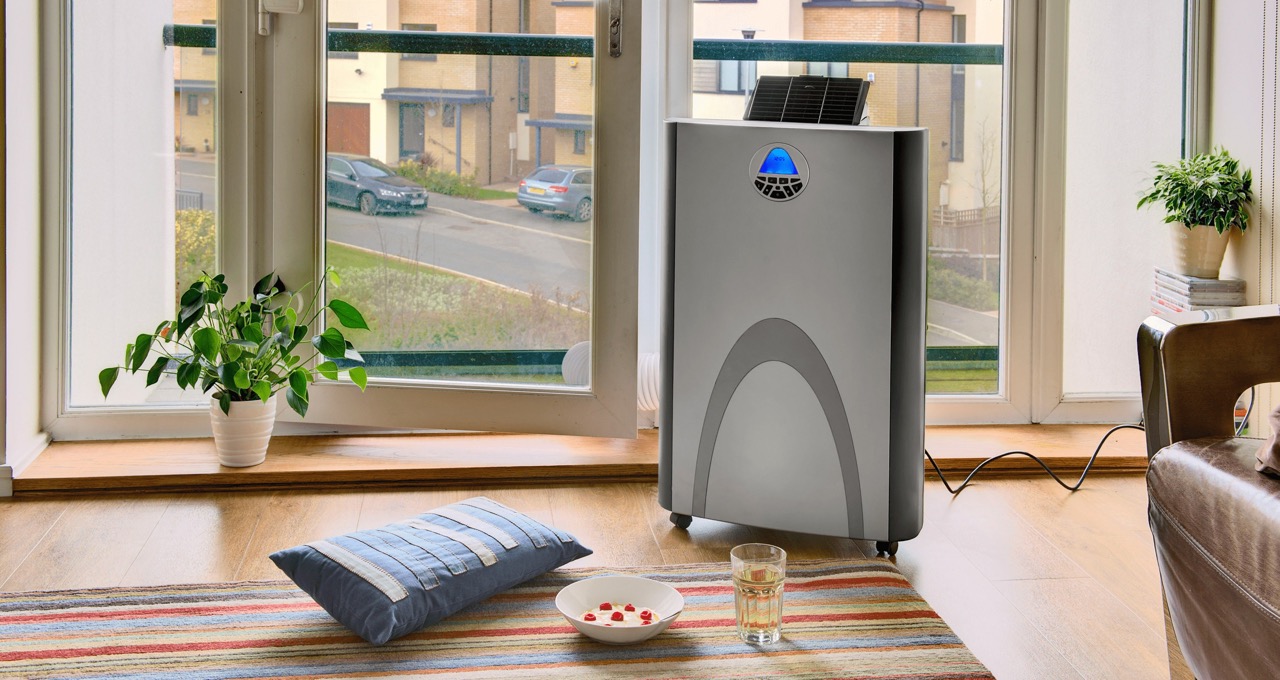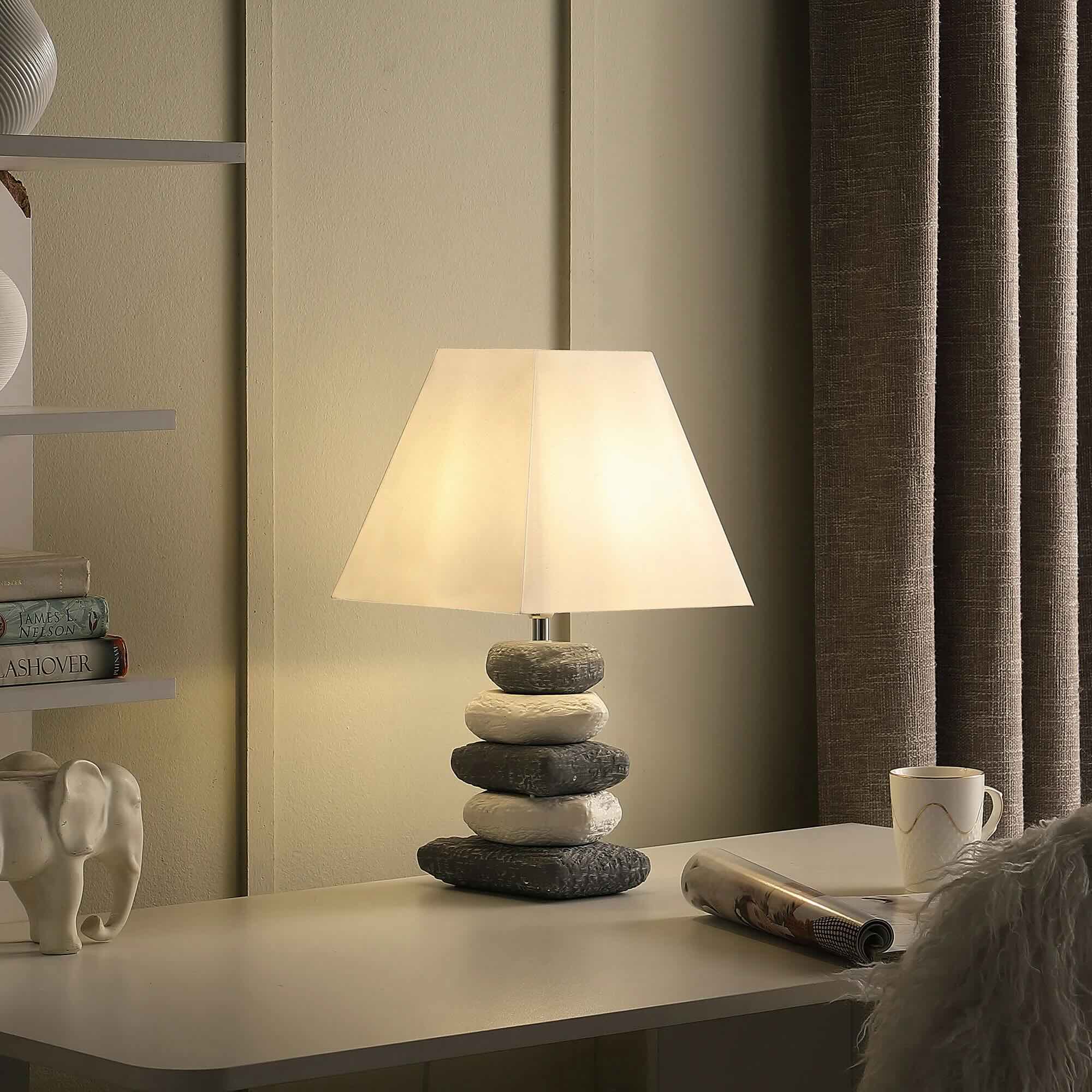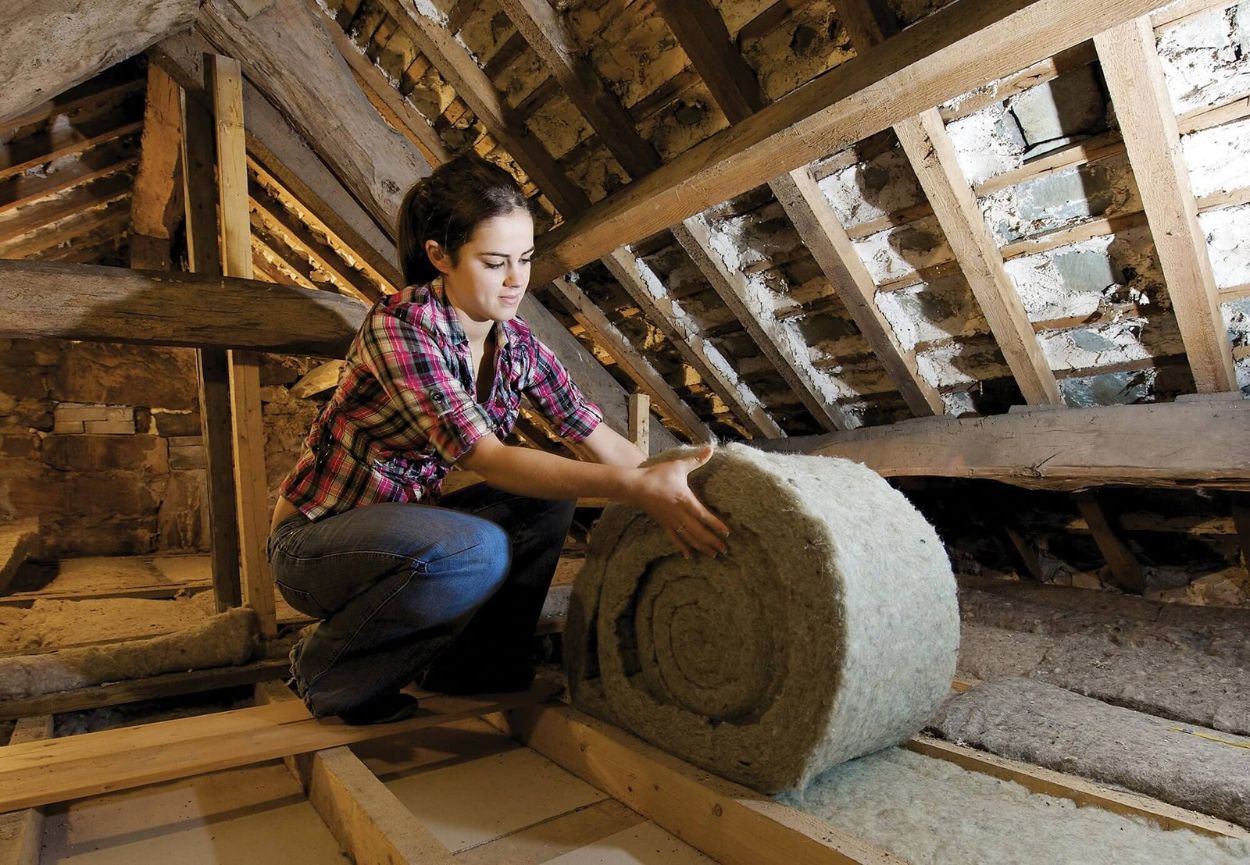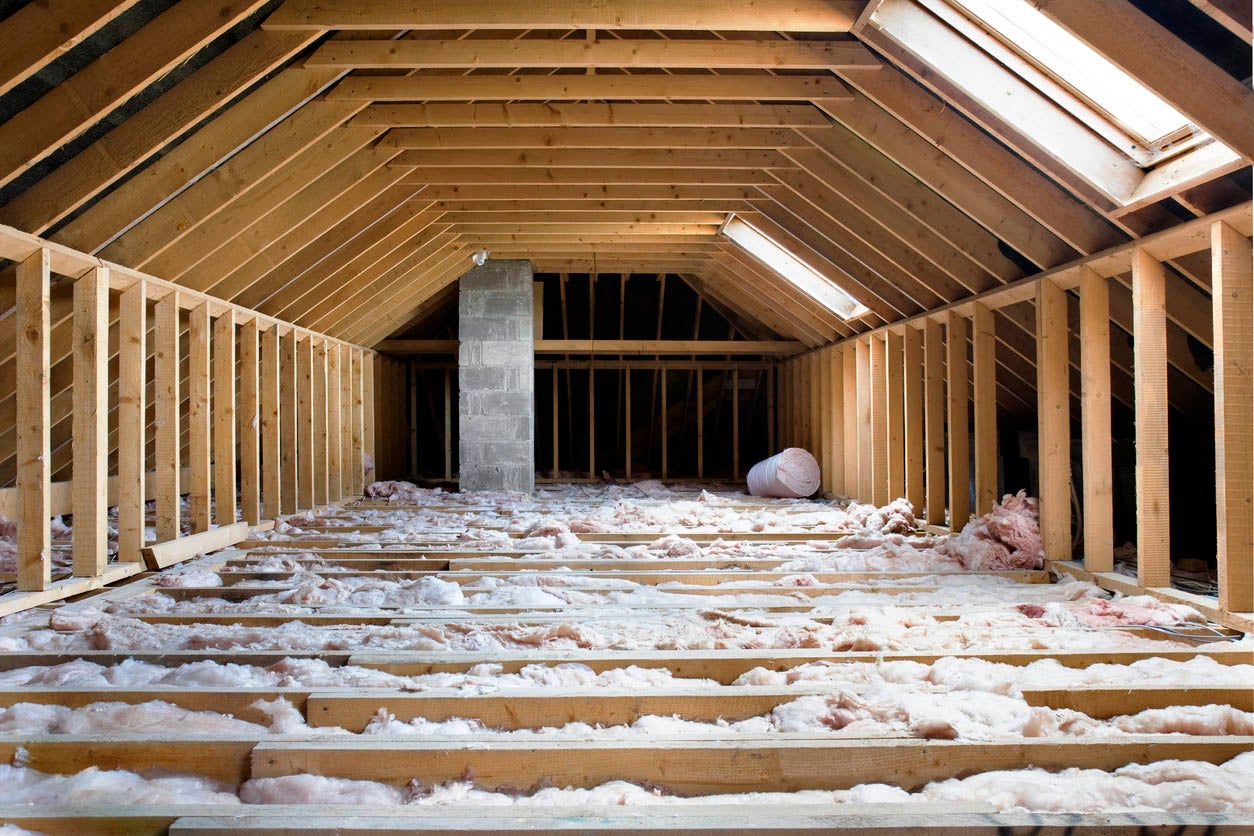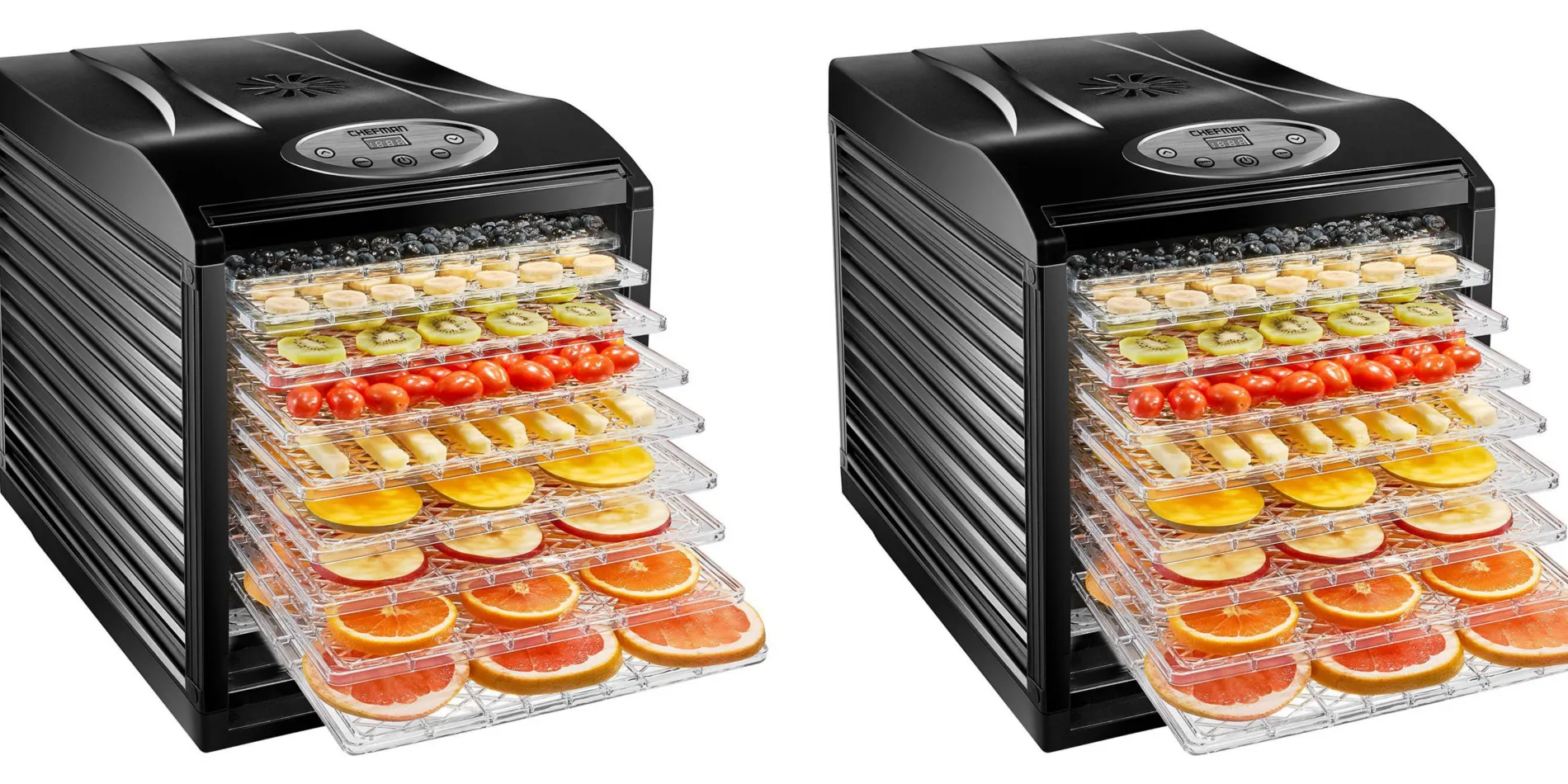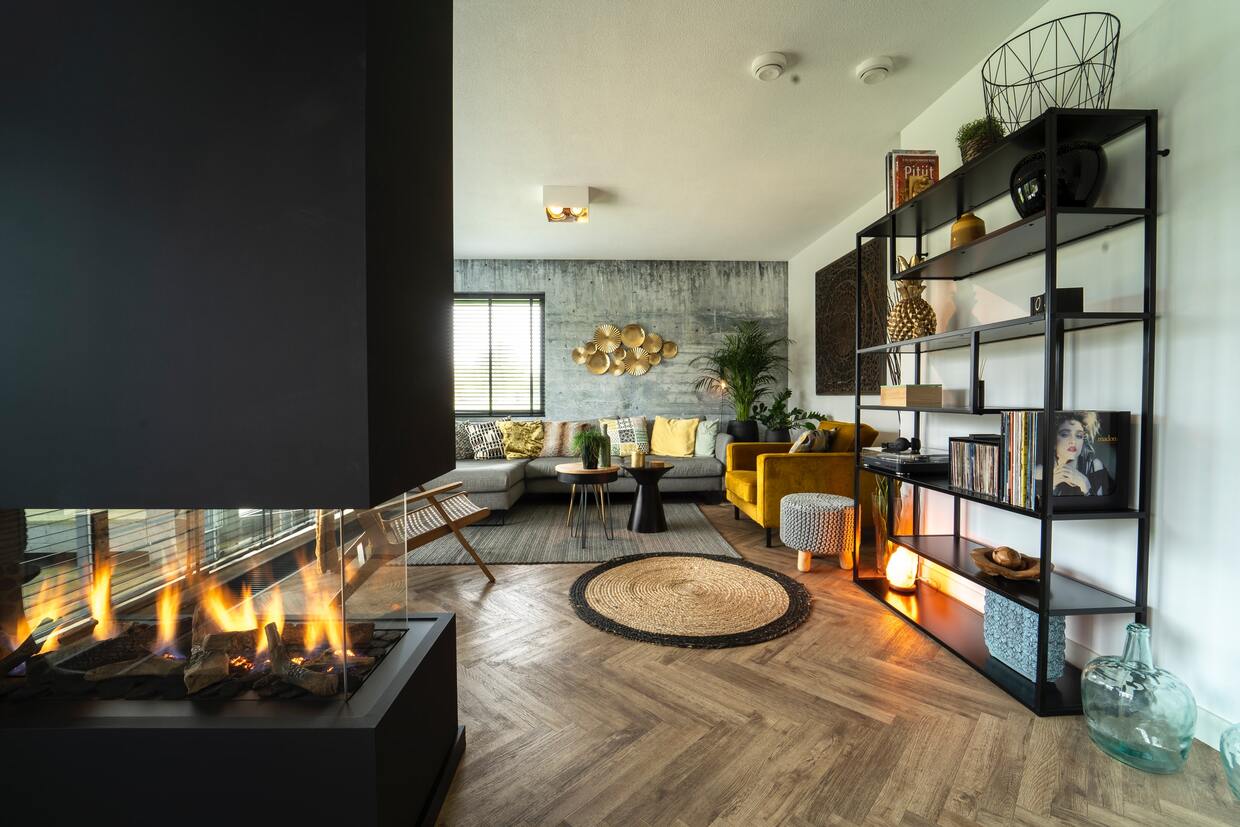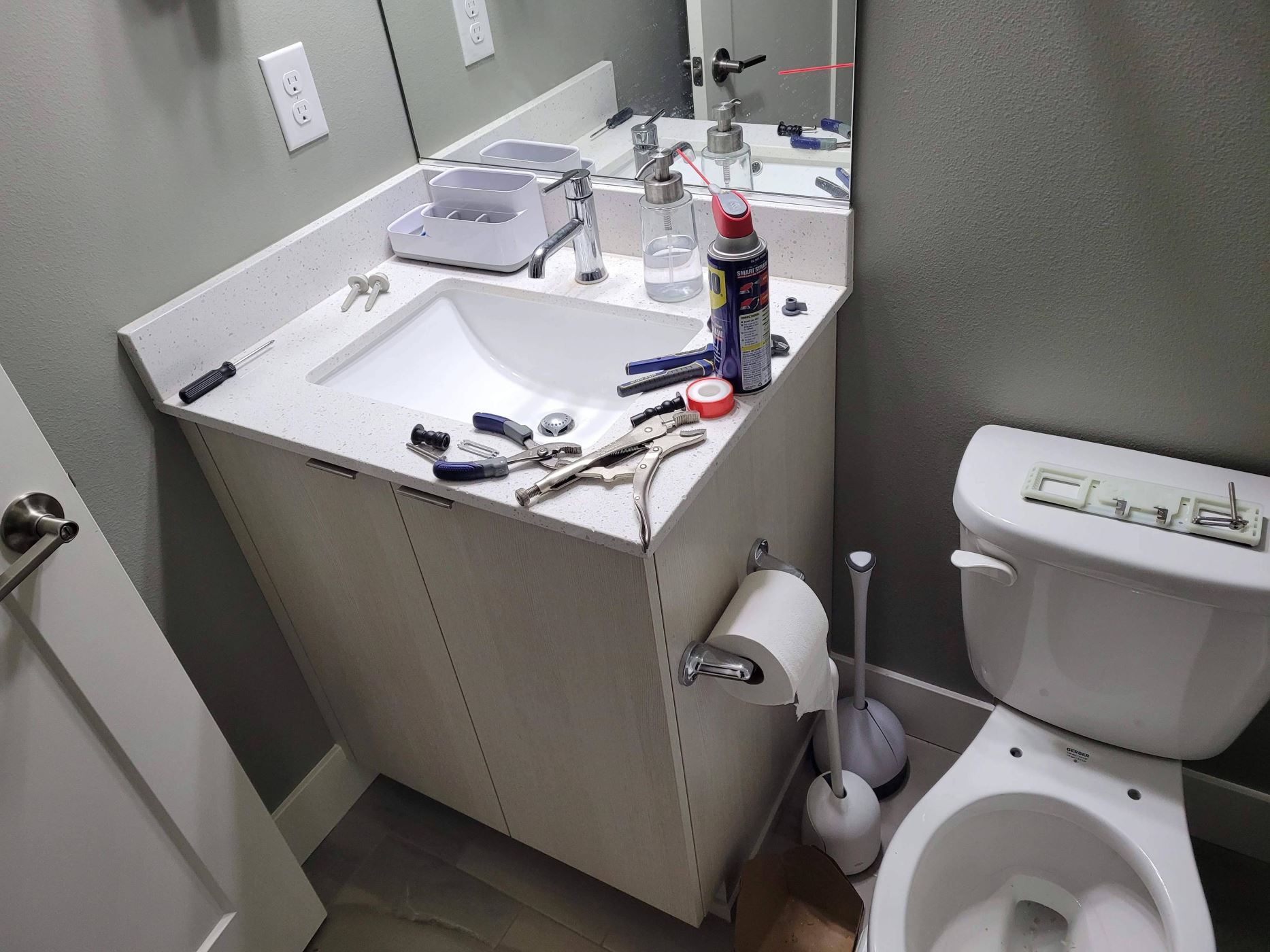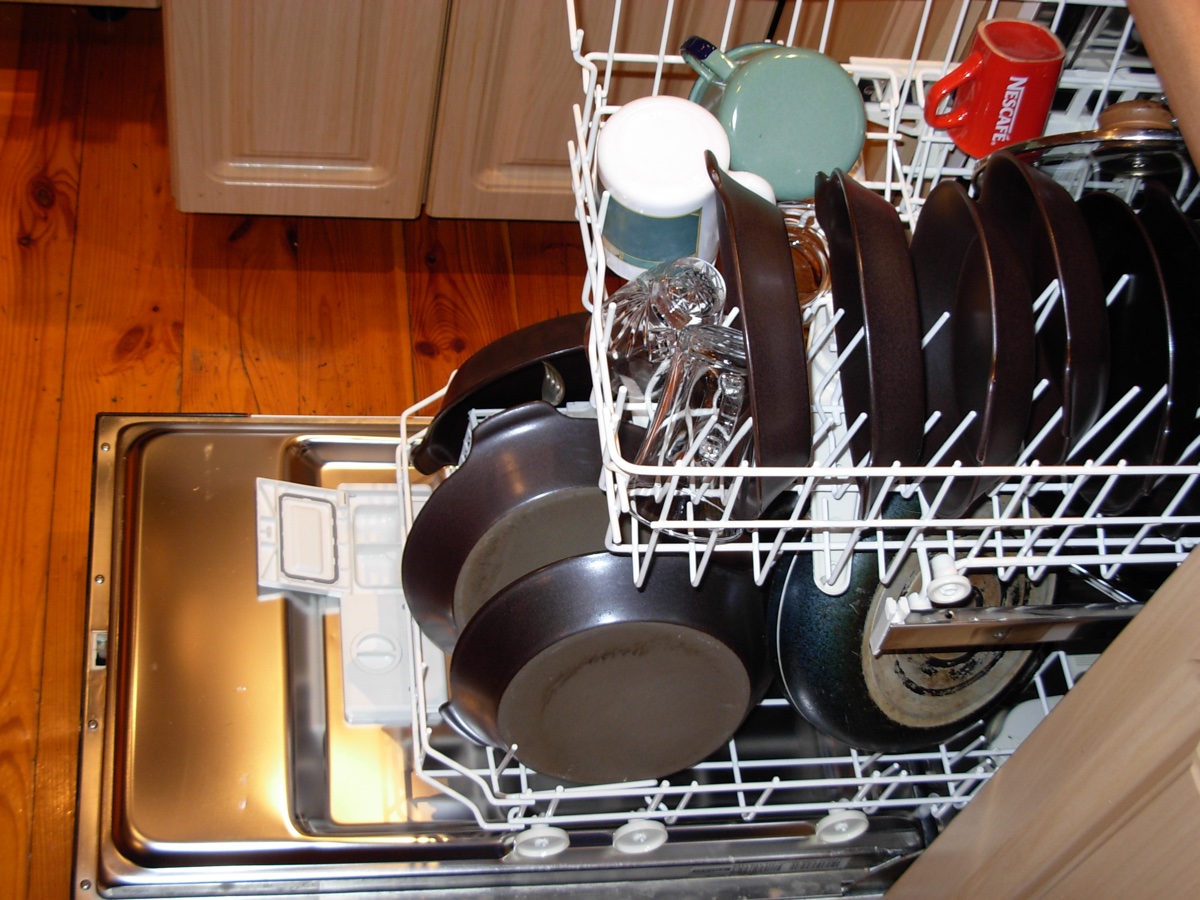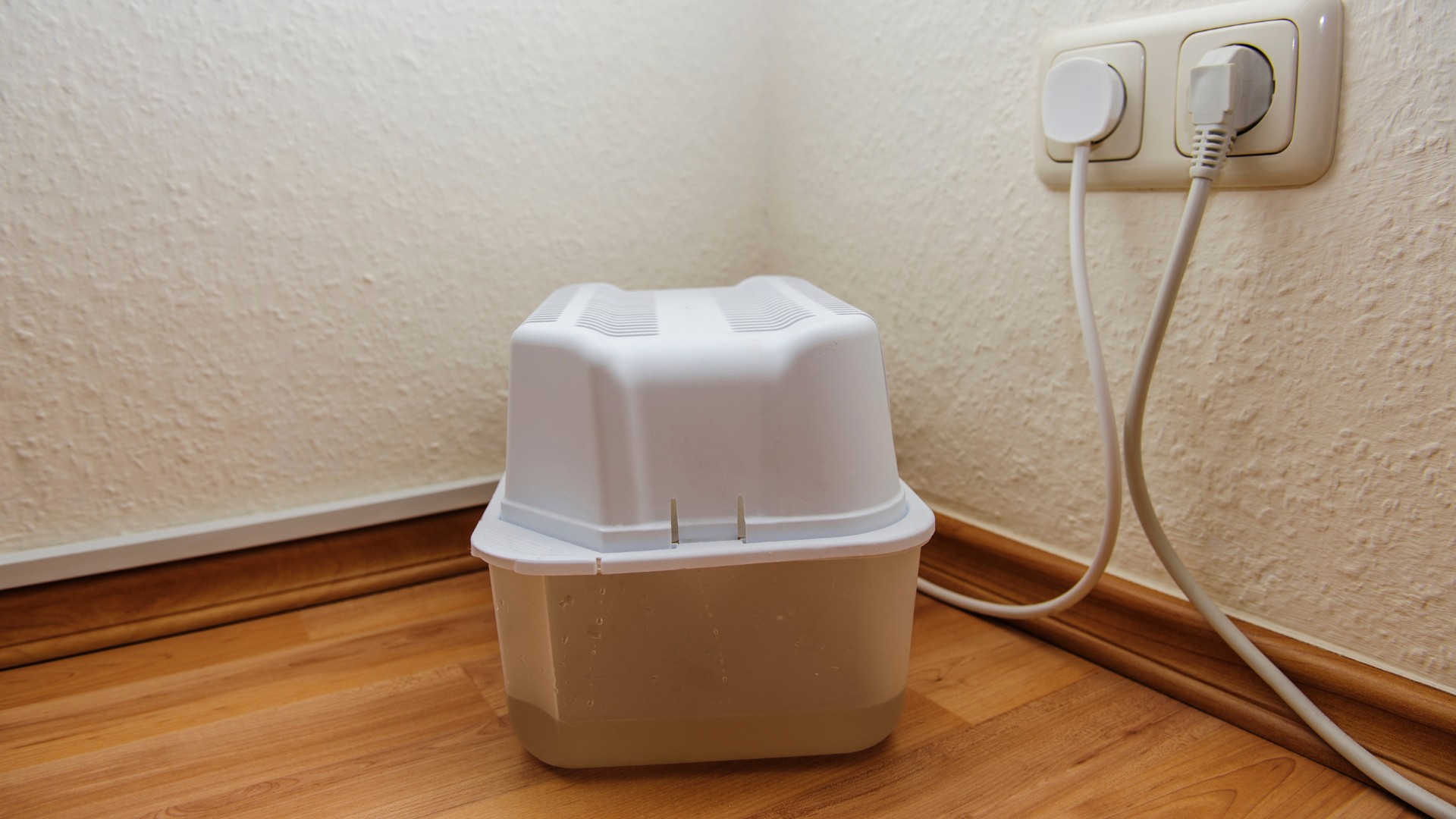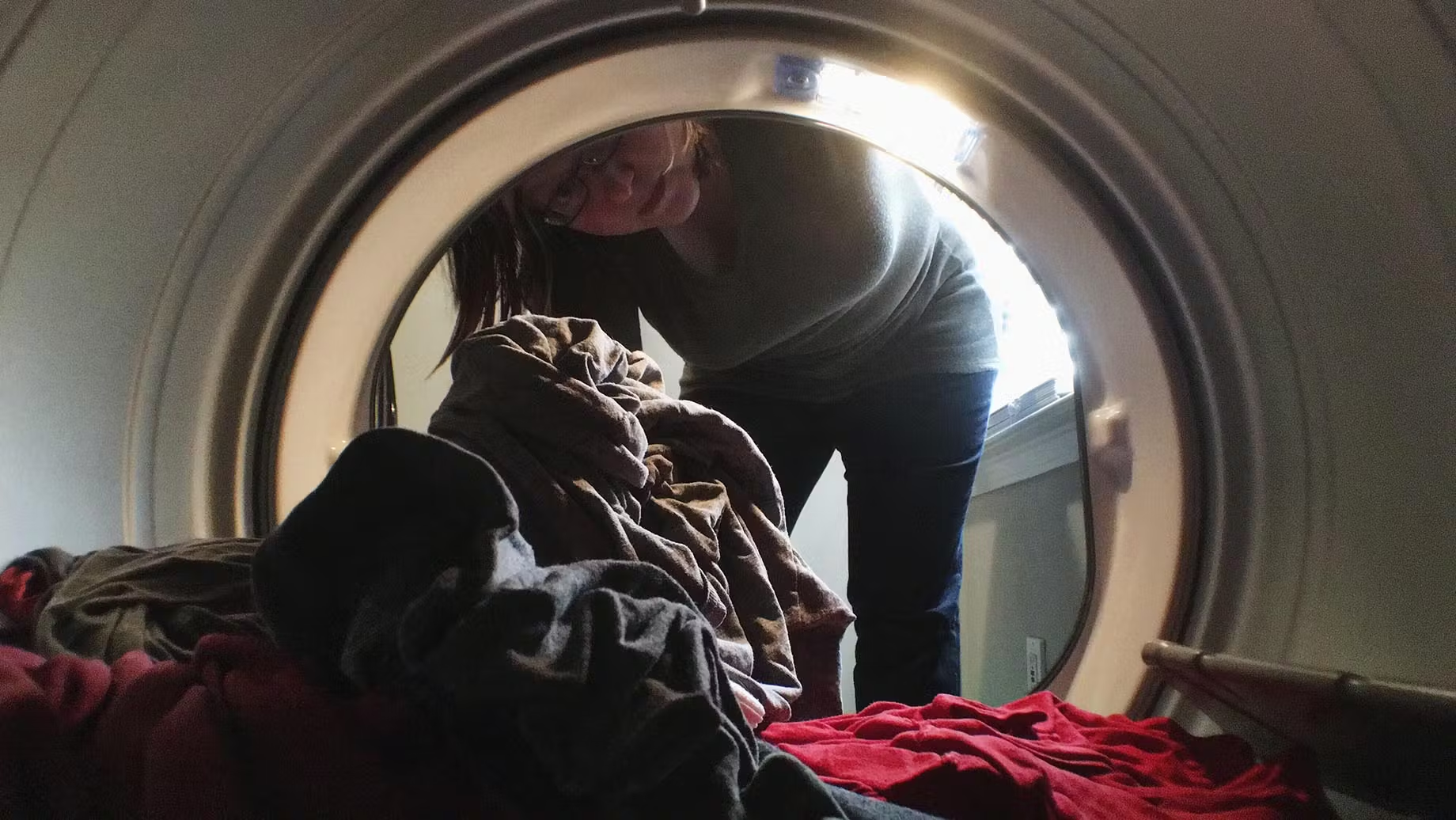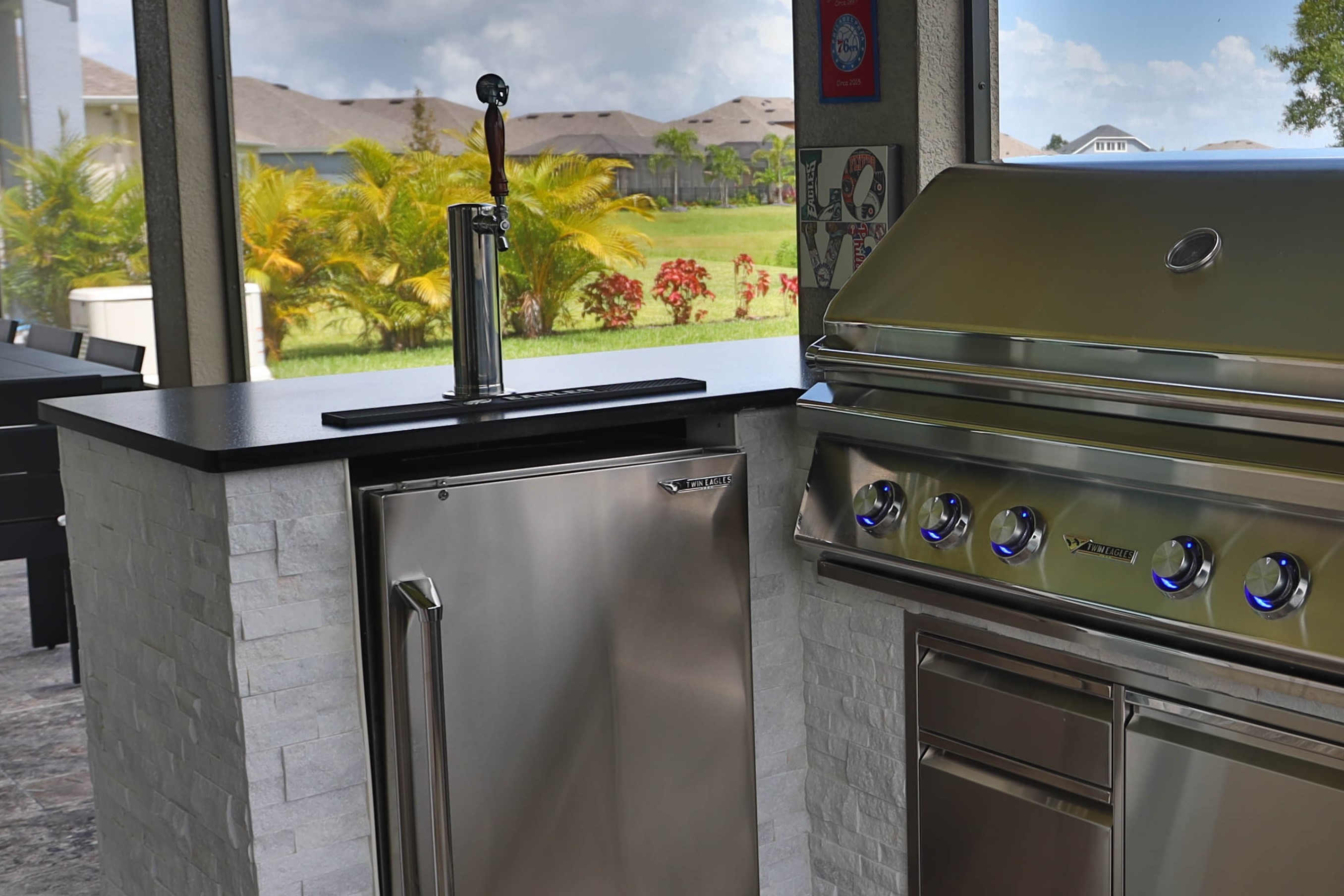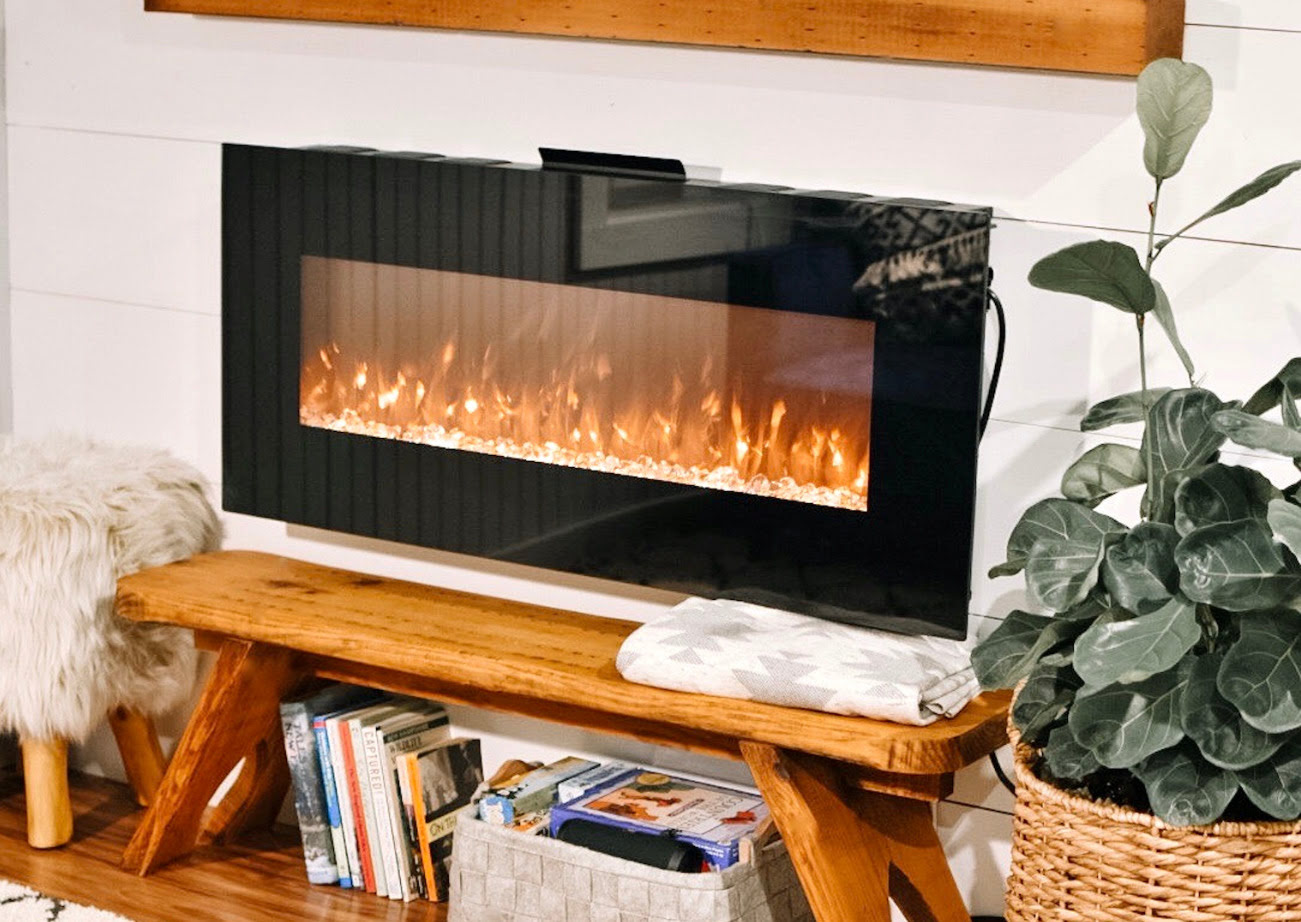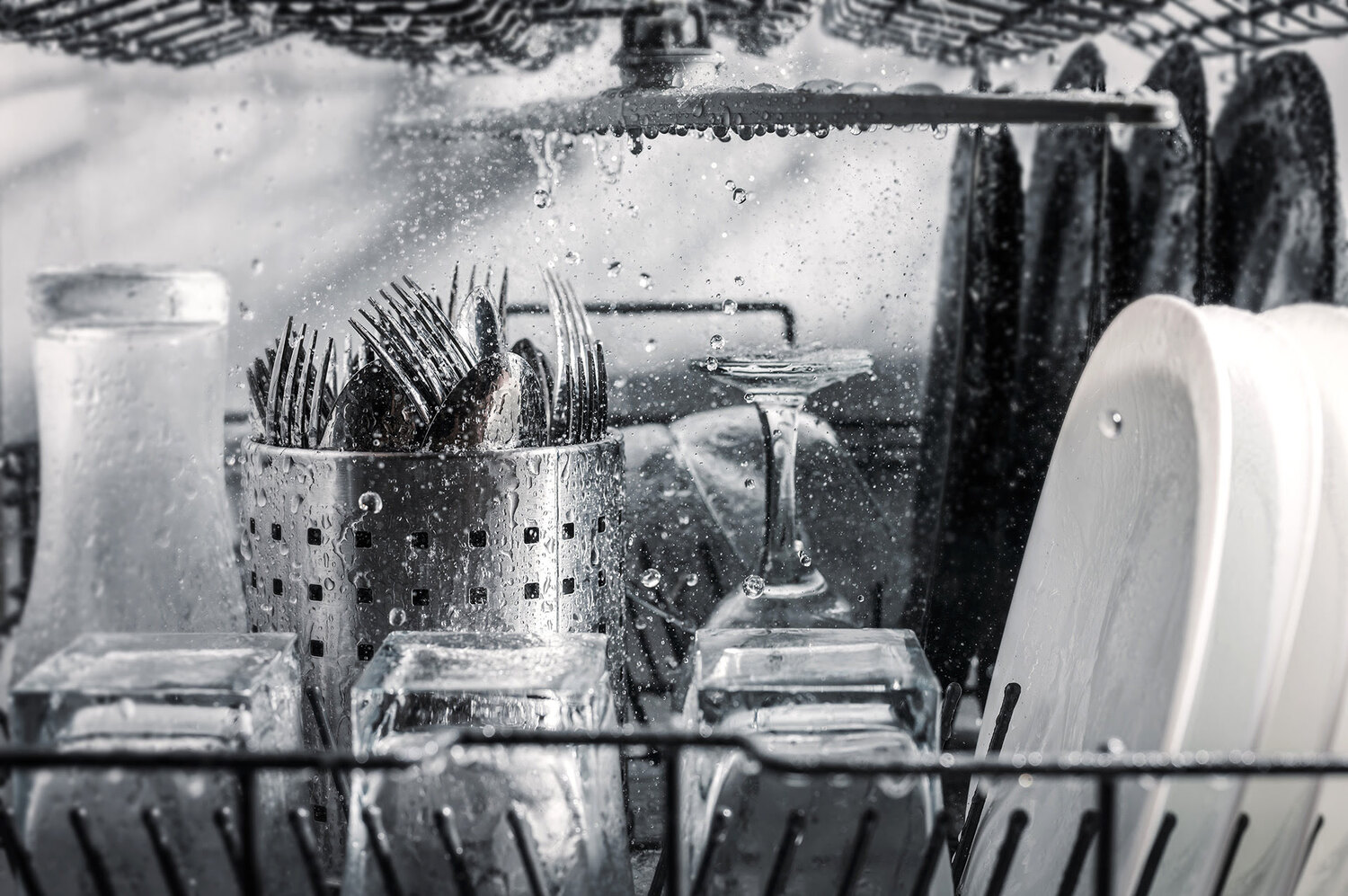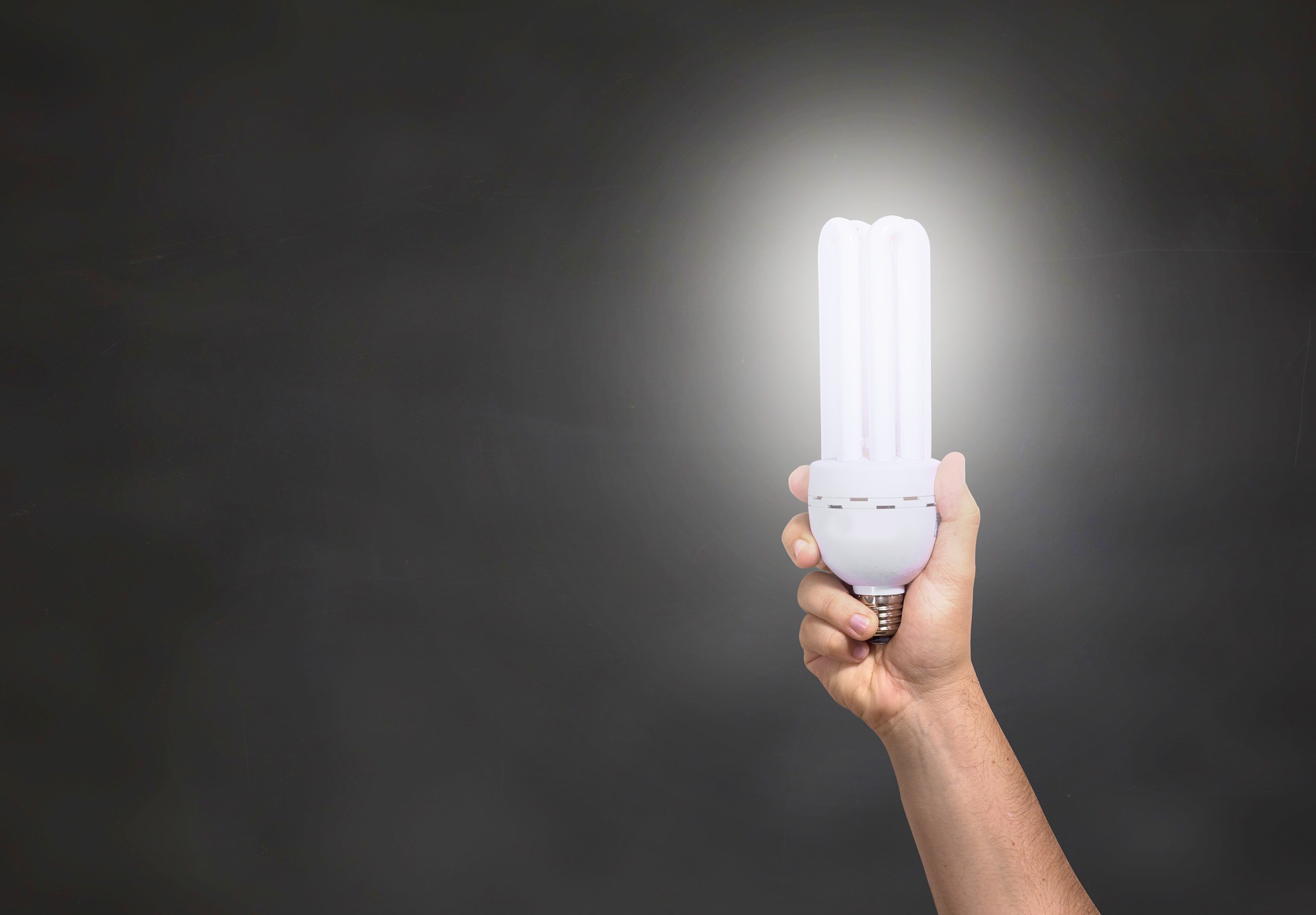

Furniture
How Much Energy Does A Lamp Use
Modified: February 25, 2024
Discover how much energy a lamp uses in our comprehensive guide. Whether you're looking to save money on your electricity bill or be more eco-friendly, we've got you covered!
(Many of the links in this article redirect to a specific reviewed product. Your purchase of these products through affiliate links helps to generate commission for Storables.com, at no extra cost. Learn more)
Introduction
Welcome to the world of lamps! These handy devices not only illuminate our surroundings but also add warmth and ambiance to our living spaces. However, have you ever wondered how much energy a lamp uses? Understanding the energy consumption of lamps is not only important from an environmental standpoint but also for managing electricity bills.
In this article, we will delve into the fascinating world of lamp energy consumption and explore the factors that affect it. We will also discuss the different types of lamps and their energy usage, as well as debunk common misconceptions about lamp energy consumption. Whether you are a furniture enthusiast, an energy-conscious individual, or simply curious about how lamps work, this article will provide you with valuable insights.
So, let’s turn on the light and dive into the realm of lamp energy consumption!
Key Takeaways:
- Choose energy-efficient LED or CFL bulbs to reduce lamp energy consumption and save on electricity bills while still enjoying well-lit spaces.
- Utilize natural light, task lighting, and smart controls to minimize energy usage, create a cozy ambiance, and contribute to a sustainable future.
Read more: How Much Electricity Does A Lava Lamp Use?
Understanding Energy Consumption
Before we delve into the specifics of lamp energy consumption, it is vital to have a basic understanding of what energy consumption entails. Energy consumption refers to the amount of electrical power that is used by a device or appliance over a given period of time.
When it comes to lamps, energy consumption is primarily measured in watts (W) and is a measure of the electrical power that a lamp consumes when it is switched on. The higher the wattage, the more energy the lamp consumes.
In addition to wattage, another important factor to consider is the duration for which the lamp is used. Energy consumption is directly proportional to the amount of time a lamp is left on. For instance, a lamp that is used for 2 hours will consume more energy than a lamp that is used for just 30 minutes.
It’s also essential to take into account the type of bulb used in a lamp. Different bulbs have varying levels of energy efficiency, which affects their energy consumption. Incandescent bulbs, for example, are known to be less energy-efficient compared to newer alternatives like LED (Light Emitting Diode) and CFL (Compact Fluorescent Lamp) bulbs.
Understanding energy consumption is crucial not only for managing electricity bills but also for making more informed decisions about the types of lamps and bulbs we choose. By opting for energy-efficient options, we can minimize our environmental impact while still enjoying well-lit spaces.
How Lamps Work
Lamps may seem like simple objects, but they are actually quite fascinating in their functionality. Understanding how lamps work can provide valuable insights into their energy consumption.
The basic principle behind lamps is the transformation of electrical energy into light energy. Most modern lamps use either incandescent, LED, or CFL bulbs to produce light.
In an incandescent lamp, a tungsten filament is heated to a high temperature by an electrical current. This causes the filament to emit light. However, this process is highly inefficient as a significant amount of energy is wasted in the form of heat. Incandescent lamps are known for their warm light but have the highest energy consumption compared to other types of lamps.
LED lamps work on an entirely different principle. LED stands for Light Emitting Diode. These lamps utilize a semiconductor material that emits light when an electrical current passes through it. LEDs are highly energy-efficient, consuming significantly less power compared to incandescent lamps while emitting very little heat.
CFL lamps, or Compact Fluorescent Lamps, use an electrochemical reaction within a glass tube filled with a small amount of mercury vapor and argon gas. When an electrical current is applied, the mercury vapor emits ultraviolet light that then interacts with a phosphor coating inside the tube, producing visible light. CFL lamps are more energy-efficient than incandescent lamps and have a longer lifespan.
Now that we have a basic understanding of how lamps work, we can explore the factors that influence their energy consumption.
Factors Affecting Energy Consumption
Several factors influence the energy consumption of lamps. By understanding these factors, we can make informed decisions to optimize energy usage.
1. Type of bulb: As mentioned earlier, the type of bulb used in a lamp has a significant impact on energy consumption. Incandescent bulbs consume more energy compared to LED and CFL bulbs. By choosing energy-efficient bulbs, we can reduce energy consumption without compromising on illumination.
2. Wattage: The wattage of a lamp indicates the amount of power it consumes. Higher wattage lamps generally consume more energy. Thus, opting for lamps with lower wattage can significantly reduce energy usage.
3. Lamp usage: The duration for which a lamp is used directly affects energy consumption. Leaving lamps on for extended periods of time unnecessarily can result in higher energy bills. Remember to turn off lamps when they are not in use to conserve energy.
4. Lamp design: The design of a lamp can influence its energy consumption. Lamps that are designed to provide focused lighting in specific areas tend to consume less energy compared to lamps that provide general or diffused lighting. Consider the intended purpose and placement of the lamp when choosing designs to optimize energy usage.
5. Dimming options: Some lamps come with dimming capabilities, allowing you to adjust the brightness according to your needs. By using dimmers and choosing lower brightness settings, you can reduce energy consumption and create a cozy lighting atmosphere.
6. Location and placement: The location and placement of lamps within a room can also impact energy consumption. By strategically placing lamps to illuminate specific areas, you can avoid the need for excessive lighting and reduce energy usage.
By considering these factors and making conscious choices, we can minimize the energy consumption of lamps and contribute to a more sustainable environment.
Types of Lamps and Their Energy Usage
There are several types of lamps available in the market, each with its own energy usage characteristics. Let’s explore some common types of lamps and their energy consumption:
1. Incandescent Lamps: These traditional lamps use a filament that produces light when heated by an electric current. Incandescent lamps have the highest energy consumption among all lamp types. They are known for their warm light but have become less popular due to their low energy efficiency and shorter lifespan.
2. LED Lamps: LED, or Light Emitting Diode, lamps are a popular choice due to their high energy efficiency and long lifespan. LEDs consume significantly less energy compared to incandescent lamps while offering a wide range of color temperatures and brightness levels. Although LED lamps may have a higher upfront cost, they prove to be more cost-effective in the long run due to their energy-saving capabilities.
3. CFL Lamps: Compact Fluorescent Lamps, or CFLs, are another energy-efficient alternative to incandescent lamps. They work by using an electrochemical reaction to produce light. CFLs consume less energy compared to incandescent lamps and have a longer lifespan. However, they contain trace amounts of mercury and require proper recycling when they reach the end of their life.
4. Halogen Lamps: Halogen lamps are a type of incandescent lamp that uses a halogen gas to increase its efficiency and lifespan. They offer a brighter, whiter light compared to traditional incandescent bulbs and are commonly used in task lighting and floodlights. However, they still have higher energy consumption compared to LED and CFL lamps.
5. Smart Lamps: With the advent of smart home technology, we now have lamps that can be controlled remotely via mobile apps or voice assistants. These lamps often utilize LED or CFL bulbs and come equipped with energy-saving features such as timers and sensors. Smart lamps allow users to adjust brightness, color, and even schedule lighting scenarios to optimize energy usage.
When considering lamps and their energy usage, it is essential to look for energy-efficient options such as LED or CFL lamps. These alternatives not only help reduce energy consumption but also provide long-term savings on electricity bills.
Read more: How Much Electricity Does A Heat Lamp Use
Energy Efficiency Ratings for Lamps
Energy efficiency ratings play a crucial role in helping consumers make informed decisions about the lamps they purchase. These ratings provide a standardized measure of a lamp’s energy efficiency and help identify the most energy-saving options available. Let’s explore the common energy efficiency ratings for lamps:
1. ENERGY STAR: The ENERGY STAR label is widely recognized as a symbol of energy efficiency in various products, including lamps. Lamps bearing the ENERGY STAR label meet strict criteria set by the U.S. Environmental Protection Agency (EPA) and are proven to consume less energy while providing high-quality illumination. Look for the ENERGY STAR label when choosing energy-efficient lamps.
2. Lumens per Watt (LPW): Lumens per Watt is a measure of a lamp’s efficacy, indicating how efficiently it converts electrical energy into visible light. The higher the LPW rating, the more energy-efficient the lamp is. LED lamps tend to have higher LPW ratings compared to incandescent and CFL lamps.
3. Color Rendering Index (CRI): The Color Rendering Index measures how accurately a light source reveals the true colors of objects. It’s a scale from 0 to 100, with higher values indicating better color rendering. High CRI lamps ensure that colors appear more natural and vibrant.
4. Light Output: Light output is measured in lumens (lm) and represents the total amount of visible light emitted by a lamp. When comparing lamps, look for higher lumen values to ensure brighter illumination without consuming excessive energy.
5. Labels and Certifications: In addition to ENERGY STAR, various other labels and certifications provide information about a lamp’s energy efficiency. These labels may include information such as estimated annual energy costs, estimated lifespan, and environmental impact. Examples of these certifications include the Energy Efficiency Labeling Scheme (EELS) and the Energy Saving Trust (EST) label.
When purchasing lamps, considering their energy efficiency ratings is crucial for reducing energy consumption and minimizing environmental impact. By opting for lamps with higher energy efficiency ratings, not only do we save energy but also contribute to sustainable practices and lower electricity bills in the long run.
Consider using LED bulbs, which use significantly less energy than traditional incandescent bulbs. Look for bulbs with the Energy Star label for even greater energy efficiency.
Wattage and Energy Consumption
Wattage plays a vital role in determining the energy consumption of lamps. It refers to the amount of electrical power consumed by a lamp when it is turned on. Understanding the relationship between wattage and energy consumption is key to managing electricity usage effectively.
In general, the higher the wattage of a lamp, the more energy it consumes. This is because lamps with higher wattage draw more electricity from the power source. For example, a 100-watt incandescent lamp consumes more energy than a 60-watt incandescent lamp.
While wattage is an essential factor in determining energy usage, it is not the sole indicator. The duration for which a lamp is switched on also contributes to overall energy consumption. A higher wattage lamp that is used for a shorter time may still consume less energy than a lower wattage lamp that is used for a more extended period.
It is important to note that wattage alone does not provide a complete picture of a lamp’s energy efficiency. Lamps with similar wattage can have different energy consumption levels due to variations in the technologies and designs used.
With the advent of energy-efficient technologies like LEDs and CFLs, lamps with lower wattage can now provide equivalent or better illumination compared to higher wattage incandescent lamps. LED lamps, for example, can produce the same amount of light as incandescent lamps while consuming significantly less energy.
When choosing lamps, it is recommended to consider both wattage and the type of bulb technology to optimize energy consumption. Look for energy-efficient options such as LEDs or CFLs that provide the desired amount of illumination while minimizing energy usage.
In recent years, lighting manufacturers have also started producing lamps with wattage equivalence labels, indicating the equivalent incandescent wattage. This helps consumers make informed decisions by comparing different lamp types and their energy requirements more easily.
By selecting lamps with appropriate wattage and energy-saving technologies, we can reduce our energy consumption and contribute to a more sustainable future.
Calculating the Energy Usage of a Lamp
Calculating the energy usage of a lamp is a straightforward process that involves taking into consideration the lamp’s wattage and the duration for which it is used. This calculation allows us to estimate the amount of energy consumed by a lamp and manage our electricity consumption effectively.
The first step in calculating energy usage is to determine the wattage of the lamp. This information is typically indicated on the lamp’s packaging or on the bulb itself. For example, if the lamp has a 60-watt bulb, the wattage of the lamp is 60 watts.
Next, we need to determine the number of hours the lamp is used per day. This may vary depending on personal preferences or specific usage patterns. For instance, if the lamp is used for 4 hours per day, we would use this value in our calculation.
To calculate the energy usage of the lamp, we multiply the wattage by the number of hours used per day. Continuing with our example, if the lamp has a wattage of 60 and is used for 4 hours per day, the calculation would be: 60 watts x 4 hours = 240 watt-hours (Wh) per day.
To convert this value to kilowatt-hours (kWh), which is a more commonly used unit for measuring energy consumption, we divide the watt-hours by 1000. In our example, 240 Wh ÷ 1000 = 0.24 kWh per day.
To estimate the monthly energy usage, we multiply the daily energy usage (in kWh) by the number of days in a month. For example, if there are 30 days in the month, the calculation would be: 0.24 kWh x 30 days = 7.2 kWh per month.
Keep in mind that this calculation provides an estimate and may not account for factors such as fluctuations in energy usage or variations in bulb efficiency over time. Additionally, other factors such as dimming options, usage patterns, and other connected devices can affect the actual energy consumption of the lamp.
By calculating the energy usage of a lamp, we can monitor and manage our electricity consumption more effectively. This information can also help us make informed decisions about the types of lamps we choose and identify opportunities for energy-saving practices.
Common Misconceptions about Lamp Energy Consumption
There are several common misconceptions surrounding lamp energy consumption that can lead to misunderstandings and inefficient energy usage. Let’s address some of these misconceptions:
1. LED lamps are expensive to purchase: While LED lamps may have a higher upfront cost compared to traditional incandescent lamps, they provide significant long-term savings. LED lamps consume much less energy and have a longer lifespan, resulting in reduced electricity bills and fewer replacements over time.
2. Turning lamps on and off uses more energy than leaving them on: This is a common belief, but it is actually a misconception. When a lamp is switched on, it does consume a slightly higher amount of energy due to the initial surge in current. However, this extra energy usage is minimal and is quickly offset by the energy saved from having the lamp turned off when not in use. It is more energy-efficient to turn lamps off when leaving a room or when they are not needed.
3. Energy-saving bulbs are not as bright: Another misconception is that energy-saving bulbs, such as CFL and LED lamps, provide inferior brightness compared to incandescent lamps. However, advancements in technology have made it possible for energy-efficient bulbs to deliver the same level of brightness while consuming significantly less energy. These bulbs come in various brightness options, allowing users to choose the desired level of illumination.
4. Dimming a lamp always reduces energy consumption: While dimming a lamp can reduce energy consumption, it depends on the type of lamp and the dimming mechanism. Not all lamps are designed to be energy-efficient when dimmed. LED lamps, for instance, are highly efficient at lower brightness levels, making them ideal for dimming situations. However, dimming an incandescent lamp may still result in higher energy usage compared to using a lamp with a lower wattage.
5. Wattage is the sole indicator of energy consumption: While wattage is an important factor in determining energy consumption, it does not provide a complete picture. The type of bulb, its energy efficiency, and the duration for which a lamp is used also play significant roles. Choosing energy-efficient lamps, such as LED or CFL bulbs with lower wattage, can contribute to significant energy savings.
By dispelling these common misconceptions, we can make more informed decisions about lamp energy consumption. Embracing energy-efficient technologies and adopting energy-saving practices can lead to reduced energy usage, lower electricity bills, and a more sustainable future.
Tips for Reducing Energy Usage of Lamps
Reducing the energy usage of lamps not only helps conserve resources but also contributes to lower electricity bills. Here are some practical tips to help you maximize energy efficiency when using lamps:
1. Choose energy-efficient bulbs: Opt for LED or CFL bulbs, which consume significantly less energy compared to traditional incandescent bulbs. Look for bulbs with the ENERGY STAR label or high lumens per watt (LPW) ratings to ensure maximum efficiency and brightness.
2. Use lower wattage bulbs: When possible, select lamps with lower wattage bulbs. Using a lower wattage bulb can still provide adequate illumination while reducing energy consumption.
3. Utilize natural light: Take advantage of natural light during the day by opening curtains or blinds. This reduces the need for artificial lighting and saves energy. Arrange furniture and lamps in a way that maximizes natural light throughout your living space.
4. Make use of task lighting: Instead of relying on general lighting to illuminate an entire room, consider using task lighting when performing specific activities. Desk lamps or reading lamps can provide focused light where it is needed, reducing the overall energy usage of the room.
5. Install motion sensors or timers: Consider installing motion sensors or timers for lamps in frequently used areas, such as hallways or bathrooms. This ensures that the lights are only on when necessary and will automatically turn off when no one is present, saving energy in the process.
6. Dim the lights: If your lamps have dimming capabilities, utilize them to adjust the brightness according to your needs. Dimming the lights can reduce energy consumption and create a cozy ambiance.
7. Turn off lamps when not in use: Make it a habit to turn off lamps when leaving a room or when they are not needed. Even if you plan to return shortly, turning off the lamp can help save energy. Consider using power strips or smart plugs to easily turn off multiple lamps at once.
8. Clean lamps and lampshades: Regularly clean lamps and lampshades to remove dust and debris. A clean lamp allows for better light output, reducing the need to use higher wattage or brighter bulbs.
9. Utilize lighting zones: Install separate switches or use smart lighting controls to create lighting zones in your home. This allows for better control over the lights in different areas, allowing you to illuminate only the necessary sections while leaving others off.
10. Consider daylighting strategies: If you’re undertaking home renovations or building a new space, incorporate daylighting strategies such as skylights or light shelves. These strategies maximize natural light, reducing the need for artificial lighting during the day.
By implementing these tips, you can significantly reduce the energy usage of lamps in your home. Not only will this lead to cost savings, but it will also contribute to a more sustainable and environmentally-friendly lifestyle.
Conclusion
Understanding and managing the energy consumption of lamps is crucial for both environmental sustainability and optimizing electricity bills. By considering factors such as the type of bulb, wattage, and usage patterns, we can make informed decisions to minimize energy usage without compromising on lighting quality.
In this article, we explored various aspects of lamp energy consumption. We learned about the different types of lamps, including incandescent, LED, CFL, and smart lamps, and how their energy usage differs. We also debunked common misconceptions, such as the belief that turning lamps on and off uses more energy than leaving them on.
Calculating the energy usage of lamps by considering wattage and usage duration allows us to estimate the amount of energy consumed. This knowledge empowers us to make conscious choices, select energy-efficient bulbs, and employ energy-saving practices to reduce overall energy consumption.
Tips such as choosing energy-efficient bulbs, utilizing natural light, employing task lighting, and incorporating motion sensors or timers can help us significantly reduce energy usage. Additionally, dimming lights, turning off lamps when not in use, and practicing good maintenance habits also contribute to energy savings.
By implementing these strategies and embracing energy-efficient technologies, we can create well-lit living spaces while minimizing our environmental impact. Not only do energy-efficient lamps provide cost savings in the long run, but they also pave the way for a more sustainable future.
So, whether you are renovating your home, upgrading your lighting fixtures, or simply looking to reduce your energy consumption, consider the tips and insights shared in this article. Let’s make conscious choices and illuminate our world while minimizing energy usage.
Frequently Asked Questions about How Much Energy Does A Lamp Use
Was this page helpful?
At Storables.com, we guarantee accurate and reliable information. Our content, validated by Expert Board Contributors, is crafted following stringent Editorial Policies. We're committed to providing you with well-researched, expert-backed insights for all your informational needs.
